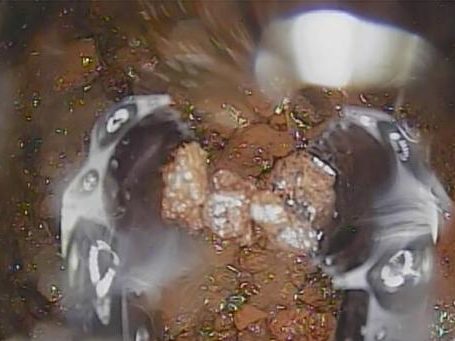November 16 According to Kyodo News, Japan’s Tokyo Electric Power Company’s Fukushima Daiichi Nuclear Power Plant Unit 2 plans to start the removal of molten nuclear fuel (fuel fragments) in 2021, and the prospects have become uncertain. This is due to the stagnation of machinery research and development in the UK due to the expansion of coronavirus. Although TEPCO indicated that the starting time has not changed at present, the situation is uncertain.
According to reports, the amount of radiation inside the containment is relatively high, and people cannot approach it. Therefore, the “mechanical arm” will be inserted into the channel that penetrates the inside and outside of the containment, and the fuel fragments will be removed by remote operation. The robotic arm is jointly developed by the “International Reactor End-of-Life Research and Development Agency” (IRID), Mitsubishi Heavy Industries, and British nuclear energy related companies.
It was originally planned to ship the robotic arm from the factory of a British company to a research facility in Japan around August 2020, and start to confirm the operation in the equipment that simulates the containment. However, with the expansion of the British pandemic, the number of people gathered in factories and other places was limited, and operations did not proceed as expected.
Subsequently, the plan is to ship the robotic arm to Japan around February 2021. The research facility in Naraha Town, Fukushima Prefecture prepares simulation equipment that is more similar to the actual unit 2 to confirm the actions in detail and train operators. It is unclear whether the plan can be implemented.
The person in charge of IRID said: “The prospects are unknown. It is also an option to change the operations originally planned in the UK to Japan. The process will be coordinated with TEPCO and others.”
The arm is about 22 meters long, 25 cm wide, and 40 cm high. It is made of stainless steel and weighs about 4.6 tons. The top is equipped with a metal brush head and a suction device, which can recover about 1 gram of fuel debris



